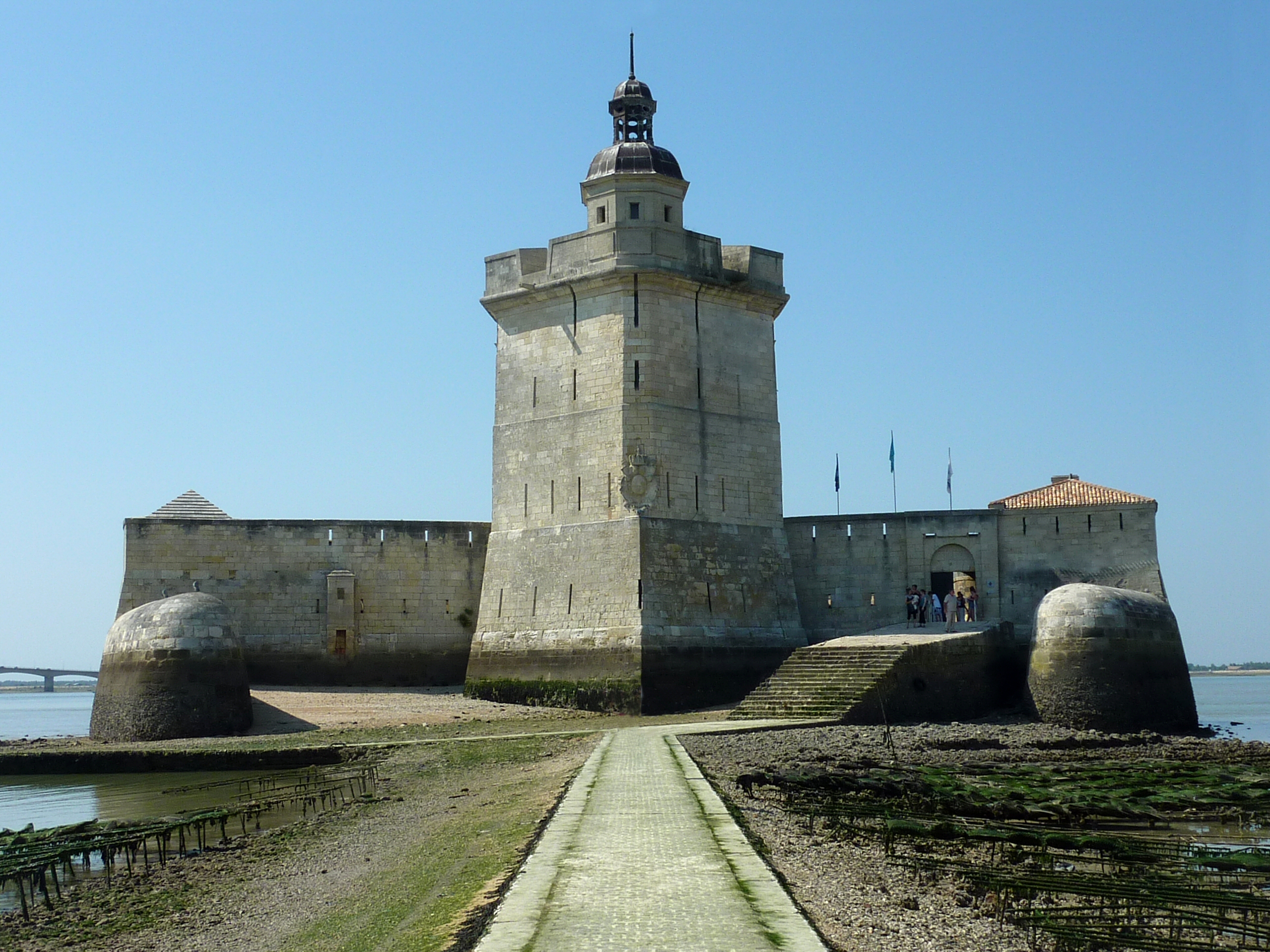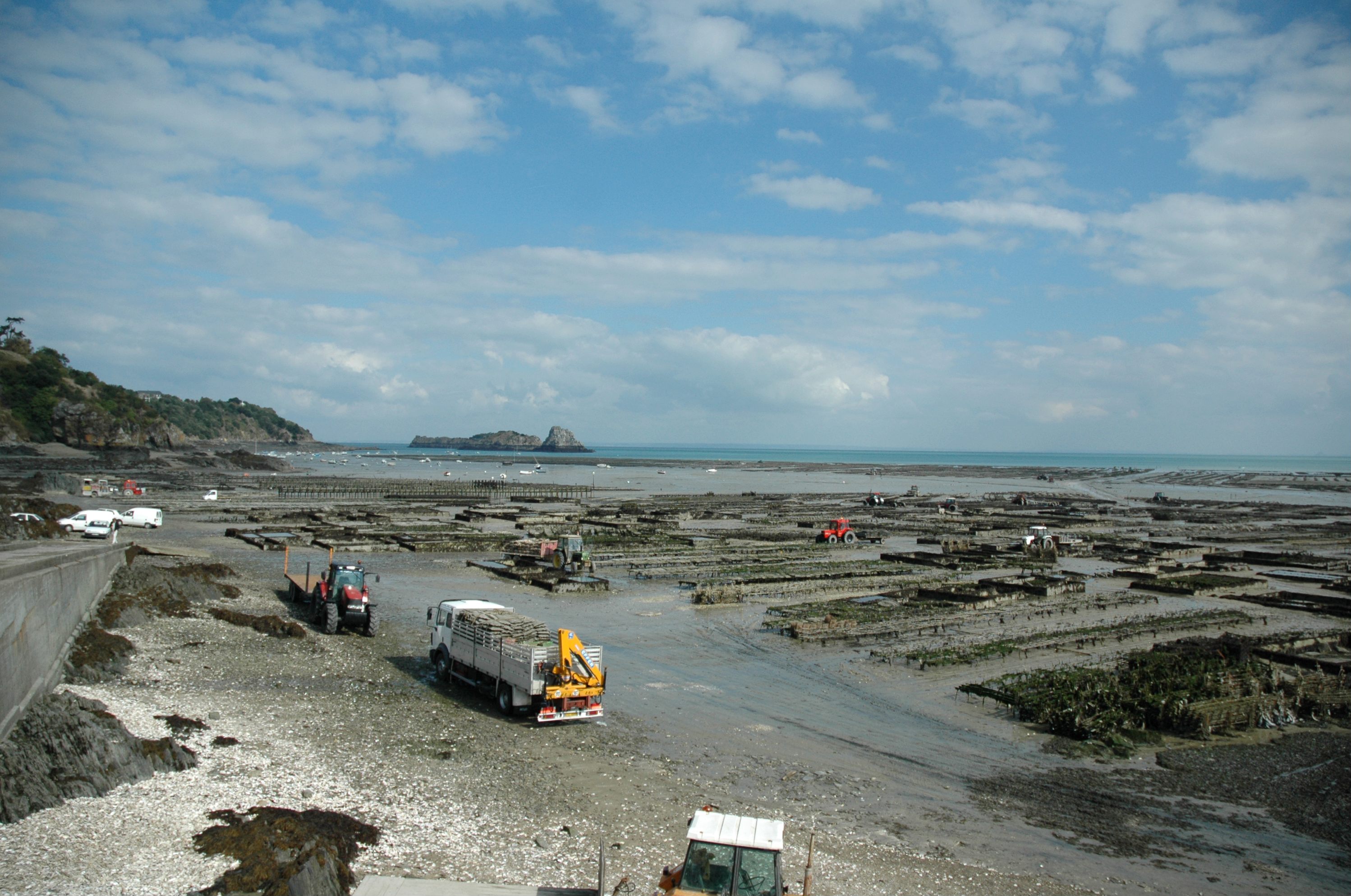|
Bourcefranc-le-Chapus
Bourcefranc-le-Chapus () is a commune in the Charente-Maritime department in the Nouvelle-Aquitaine region in southwestern France. The commune was created in 1908 from part of Marennes. Bourcefranc-le-Chapus is a major oyster farming port. Fort Louvois is a fortification built by Vauban on the Chapus islet in front of the town. Population See also *Communes of the Charente-Maritime department The following is a list of the 463 communes of the Charente-Maritime department of France. The communes cooperate in the following intercommunalities (as of 2020):Commune of Bourcefranc-Le Chapus [...More Info...] [...Related Items...] OR: [Wikipedia] [Google] [Baidu] |
Fort Louvois
Fort Louvois, which is known locally as Fort Chapus or Fort du Chapus, is a fortification built between 1691 and 1694, during the reign of Louis XIV, on the Chapus islet, and is about offshore in the town of Bourcefranc-le-Chapus in the department of Charente-Maritime, France. The fort sits opposite the citadel of Château d'Oléron on the island of Oléron. The fort was positioned so that a crossfire from the château and the fort would control the Pertuis de Maumusson (Passage of Maumusson) and impede access to the Rochefort roads from the south. Fort Louvois only saw action towards the end of World War II when bombardment greatly damaged the fort, necessitating later restoration. Since 1972 the fort has been the site of a museum of oyster farming, and there are oyster beds next to the causeway that joins the fort to the shore. The fort also houses a permanent exhibition that describes the history of the fort and that contains models of fortifications on the Charente coast. Dur ... [...More Info...] [...Related Items...] OR: [Wikipedia] [Google] [Baidu] |
Communes Of The Charente-Maritime Department
The following is a list of the 463 communes of the Charente-Maritime department of France. The communes cooperate in the following intercommunalities (as of 2020):BANATIC Périmètre des EPCI à fiscalité propre. Accessed 3 July 2020. * * * |
Communes Of France
The () is a level of administrative division in the French Republic. French are analogous to civil townships and incorporated municipalities in the United States and Canada, ' in Germany, ' in Italy, or ' in Spain. The United Kingdom's equivalent are civil parishes, although some areas, particularly urban areas, are unparished. are based on historical geographic communities or villages and are vested with significant powers to manage the populations and land of the geographic area covered. The are the fourth-level administrative divisions of France. vary widely in size and area, from large sprawling cities with millions of inhabitants like Paris, to small hamlets with only a handful of inhabitants. typically are based on pre-existing villages and facilitate local governance. All have names, but not all named geographic areas or groups of people residing together are ( or ), the difference residing in the lack of administrative powers. Except for the municipal arrondi ... [...More Info...] [...Related Items...] OR: [Wikipedia] [Google] [Baidu] |
Charente-Maritime
Charente-Maritime () is a department in the Nouvelle-Aquitaine region on the southwestern coast of France. Named after the river Charente, its prefecture is La Rochelle. As of 2019, it had a population of 651,358 with an area of 6,864 square kilometres (2,650 sq mi). History Previously a part of the provinces of Saintonge and Aunis, Charente-Inférieure was one of the 83 original departments created during the French Revolution on 4 March 1790. On 4 September 1941, during World War II, it was renamed as Charente-Maritime. When the department was first organised, the commune of Saintes was designated as the prefecture of the department (Saintes had previously been the capital of Saintonge). This changed in 1810 when Napoleon passed an imperial decree to move the prefecture to La Rochelle. During World War II, the department was invaded by the German Army and became part of occupied France. To provide defence against a possible beach landing by the Allies, the Organisation Tod ... [...More Info...] [...Related Items...] OR: [Wikipedia] [Google] [Baidu] |
Departments Of France
In the administrative divisions of France, the department (french: département, ) is one of the three levels of government under the national level ("territorial collectivities"), between the administrative regions and the communes. Ninety-six departments are in metropolitan France, and five are overseas departments, which are also classified as overseas regions. Departments are further subdivided into 332 arrondissements, and these are divided into cantons. The last two levels of government have no autonomy; they are the basis of local organisation of police, fire departments and, sometimes, administration of elections. Each department is administered by an elected body called a departmental council ( ing. lur.. From 1800 to April 2015, these were called general councils ( ing. lur.. Each council has a president. Their main areas of responsibility include the management of a number of social and welfare allowances, of junior high school () buildings and technical staff, ... [...More Info...] [...Related Items...] OR: [Wikipedia] [Google] [Baidu] |
Nouvelle-Aquitaine
Nouvelle-Aquitaine (; oc, Nòva Aquitània or ; eu, Akitania Berria; Poitevin-Saintongeais: ''Novéle-Aguiéne'') is the largest administrative region in France, spanning the west and southwest of the mainland. The region was created by the territorial reform of French regions in 2014 through the merger of three regions: Aquitaine, Limousin and Poitou-Charentes. It covers – or of the country – and has 5,956,978 inhabitants (municipal population on 1 January 2017). The new region was established on 1 January 2016, following the regional elections in December 2015. It is the largest region in France by area (including overseas regions such as French Guiana), with a territory slightly larger than that of Austria. Its prefecture and largest city, Bordeaux, together with its suburbs and satellite cities, forms the seventh-largest metropolitan area of France, with 850,000 inhabitants. The region has 25 major urban areas, among which the most important after Bordeaux are ... [...More Info...] [...Related Items...] OR: [Wikipedia] [Google] [Baidu] |
Regions Of France
France is divided into eighteen administrative regions (french: régions, singular ), of which thirteen are located in metropolitan France (in Europe), while the other five are overseas regions (not to be confused with the overseas collectivities, which have a semi-autonomous status). All of the thirteen metropolitan administrative regions (including Corsica ) are further subdivided into two to thirteen administrative departments, with the prefect of each region's administrative centre's department also acting as the regional prefect. The overseas regions administratively consist of only one department each and hence also have the status of overseas departments. Most administrative regions also have the status of regional territorial collectivities, which comes with a local government, with departmental and communal collectivities below the region level. The exceptions are Corsica, French Guiana, Mayotte and Martinique, where region and department functions are managed ... [...More Info...] [...Related Items...] OR: [Wikipedia] [Google] [Baidu] |
France
France (), officially the French Republic ( ), is a country primarily located in Western Europe. It also comprises of Overseas France, overseas regions and territories in the Americas and the Atlantic Ocean, Atlantic, Pacific Ocean, Pacific and Indian Oceans. Its Metropolitan France, metropolitan area extends from the Rhine to the Atlantic Ocean and from the Mediterranean Sea to the English Channel and the North Sea; overseas territories include French Guiana in South America, Saint Pierre and Miquelon in the North Atlantic, the French West Indies, and many islands in Oceania and the Indian Ocean. Due to its several coastal territories, France has the largest exclusive economic zone in the world. France borders Belgium, Luxembourg, Germany, Switzerland, Monaco, Italy, Andorra, and Spain in continental Europe, as well as the Kingdom of the Netherlands, Netherlands, Suriname, and Brazil in the Americas via its overseas territories in French Guiana and Saint Martin (island), ... [...More Info...] [...Related Items...] OR: [Wikipedia] [Google] [Baidu] |
Marennes, Charente-Maritime
Marennes () is a former commune in the Charente-Maritime department, southwestern France. On 1 January 2019, it was merged into the new commune Marennes-Hiers-Brouage. 27 November 2018 History For a long time it was one of the most prosperous cities of the Saintonge due to its location in the middle of the salt-water marshes at a time where salt was a valuable commodity. Marennes is a center foroyster farming
Oyster farming is an aquaculture (or mariculture) practice in which oysters are bred and raised mainly for their p ...
[...More Info...] [...Related Items...] OR: [Wikipedia] [Google] [Baidu] |
Oyster Farming
Oyster farming is an aquaculture (or mariculture) practice in which oysters are bred and raised mainly for their pearls, shells and inner organ tissue, which is eaten. Oyster farming was practiced by the ancient Rome, ancient Romans as early as the 1st century BC on the Italian peninsula and later in Roman Britain, Britain for export to Rome. The French oyster industry has relied on aquacultured oysters since the late 18th century. History Oyster farming was practiced by the ancient Romans as early as the 1st century BC on the Italian peninsula. With the Barbarian invasions the oyster farming in the Mediterranean and the Atlantic came to an end. In fact, the Romans were the very first to cultivate Oysters. The Roman engineer Sergius Orata is known for his innovative ways of breeding and commercializing oysters. He did this by cultivating the mollusk with a system that could control the water levels. In 1852 Monsieur de Bon started to re-seed the oyster beds by collecting ... [...More Info...] [...Related Items...] OR: [Wikipedia] [Google] [Baidu] |
Fort Louvois - Bourcefranc
A fortification is a military construction or building designed for the defense of territories in warfare, and is also used to establish rule in a region during peacetime. The term is derived from Latin ''fortis'' ("strong") and ''facere'' ("to make"). From very early history to modern times, defensive walls have often been necessary for cities to survive in an ever-changing world of invasion and conquest. Some settlements in the Indus Valley civilization were the first small cities to be fortified. In ancient Greece, large stone walls had been built in Mycenaean Greece, such as the ancient site of Mycenae (famous for the huge stone blocks of its 'cyclopean' walls). A Greek '' phrourion'' was a fortified collection of buildings used as a military garrison, and is the equivalent of the Roman castellum or English fortress. These constructions mainly served the purpose of a watch tower, to guard certain roads, passes, and borders. Though smaller than a real fortress, they acted ... [...More Info...] [...Related Items...] OR: [Wikipedia] [Google] [Baidu] |


